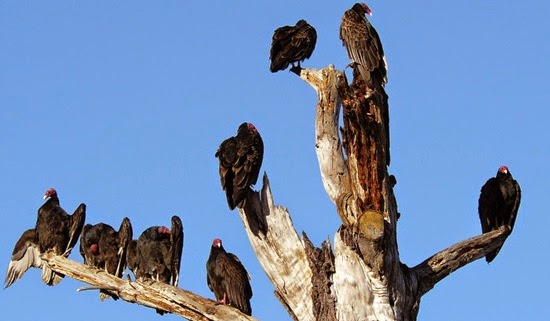
Pungent power
Animals are equipped with a wide variety of sophisticated biological weaponry: teeth, claws, venom, body armour and more. Perhaps the least heralded type of natural weaponry, however, is that of odour. Stinkiness might not get much credit for its effectiveness as a weapon, but it can be formidable. Ask yourself if you could handle a tangle with any of these pungent creatures. We have a feeling you'd prefer to keep your distance!
Suggested Stories: (1) 8 animals pulled back from the brink of extinction; (2) 10 false animal facts most people think are true.
1. Skunk
Photo: Dan Dzurisin/Flickr
Skunks are perhaps the most widely known animals with smelly weaponry. They produce their noxious fumes from two glands, one on each side of the anus. The smell is so offensive that most predators don't bother messing with them, despite their relative lack of defense. The skunk's characteristic white stripes serve as a warning to any potential threat.
Suggested Stories: (1) 6 varmints that we should embrace: Skunks; (2) Obese skunk put on vegetarian diet to battle bacon addiction.
2. Bombardier beetle
Photo: David Hill/Flickr
These ground beetles, which inhabit every continent besides Antarctica, might be the most fearsome fetid animals of them all. When disturbed, they can squirt a foul-smelling, boiling-hot chemical spray with impressive accuracy. Not only does the spray stink, but it's also painful. Heat produced from a chemical reaction in the fluid can reach the boiling point of water, and it's corrosive to the skin as well. Worse yet, the insect can swivel its gland openings and fire the hazardous spray across a wide range, machine gun-style.
Suggested Stories: (1) 10 of the largest insects in the world; (2) 6 animals that recycle in their everyday lives.
3. Woodhoopoe
Photo: Ian White/Flickr
These African birds, which occupy habitat south of the Sahara Desert, prove that birds, too, can produce stinky weaponry. Females generate a dark, foul-smelling oil from a specialized gland, which they use when their nests are under threat. This oil can be sprayed, and is not something you want staining your clothing.
Suggested Stories: (1) Birds like getting massages, new study finds; (2) 9 birds that set records for their amazing flights.
4. Zorilla
Photo: Mariomassone/Wikimedia Common
The zorilla, or striped polecat, might look like a skunk, but it's actually a different kind of animal entirely. A specialized member of the weasel family, this smelly carnivore has adopted the same coat coloration as the skunk to make it easier for potential predators to identify them and stay away. It lives in the dry savannahs and open country of Africa. Its stinky anal emissions can also temporarily blind predators if sprayed in the eyes and can cause a painful burning sensation on the skin.
Suggested Stories: (1) Zorilla animal featured on 'Letterman'; (2) 9 of the worst smelling flowers in the world.
5. Stink bugs
Photo: jacinta lluch valero/Flickr
The name given to this family of insects pretty much says it all. Two glands on a stink bug's thorax are responsible for producing its smelly secretions, which deter predators from taking a bite. The animals also have a repulsive taste, so plugging your nose won't help if for some bizarre reason you're inclined to take a bite anyway.
Suggested Stories: (1) How to get rid of stink bugs; (2) Good bug, bad bug: How can you tell the difference?
6. King ratsnake
Photo: Allentchang/Wikimedia Commons
This serpent is also sometimes called the "stink snake" or "stinking goddess" because of the stench it is capable of emitting. Its post-anal glands are often emptied when the snake is disturbed or handled, which produces a strong, pungent odour. Like many animals with odorous weaponry, the snake uses its smell as a defense mechanism.
7. Turkey vulture
Photo: Linda Tanner/Flickr
Unlike many other creatures with foul-smelling secretions, turkey vultures do not have specialized glands that produce a stinky fluid. Instead, they merely have to regurgitate their last meal as self-defense. Because vultures typically consume carrion, their vomit is especially foul-smelling, with the overwhelming odour of rotting flesh. They often leave chunks of vomit around their nests to deter predators from attempting a raid.
8. Earwig
Photo: Gilles Gonthier/Flickr
These bugs got their name because of old wives' tales that tell of them burrowing into humans’ brains through the ear. Luckily, those tales are false, but these creepy-crawlies do have an equally repulsive trait. Some species can squirt jets of a foul-smelling urine-coloured liquid from scent glands when threatened. They are capable of squirting this fluid and using their pincers at the same time.
Suggested Stories: (1) 13 natural remedies for the ant invasion; (2) Fireflies! 12 things you didn't know about lightning bugs.
9. Honey badger
Photo: Meoita/Shutterstock
Named for their appetite for honey, these fierce carnivores have a defensive trait hardly as sweet-smelling as their favourite food. Honey badgers can turn their anal pouch inside out, which produces a musky stench that can be suffocating. Aside from deterring predators, this trait may also help honey badgers procure their prized honey by having a calming effect on bees.
Suggested Stories: (1) Honey badger don't care about camera traps; (2) 15 cute animals that could kill you.
10. Millipede
Photo: Jmalik/Wikimedia Commons
These leggy bugs are not biters like centipedes are, but they have another form of weaponry. Many species can emit various foul-smelling liquid secretions through microscopic holes called ozopores along the sides of their bodies. These secretions can also burn the skin, so handling millipedes is not recommended, even if you can stand the stench.
Suggested Stories: (1) Millipede's 750 legs set world record; (2) 10 bugs that will make you squirm.
11. Mink
Photo: Pdreijnders/Wikimedia Commons
Minks are another member of the Mustelidae family (including otters, weasels, badgers, wolverines and polecats) that can produce a smelly defense. Though not as pungent as skunks, they can excrete an odorous fluid from glands when threatened. They might be cute, but they're musky too.
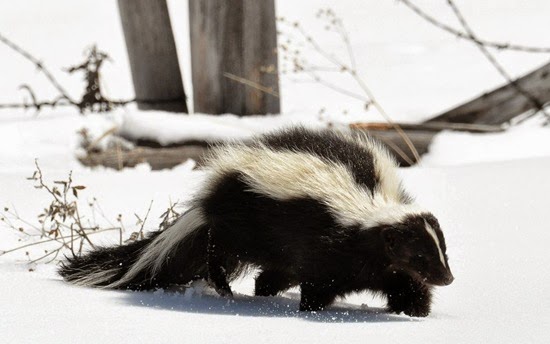
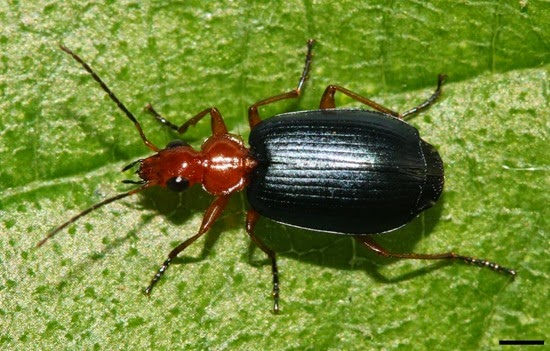
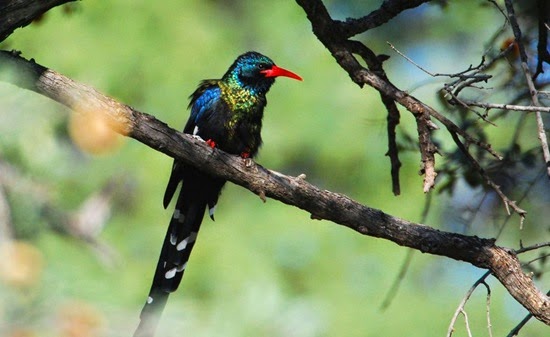
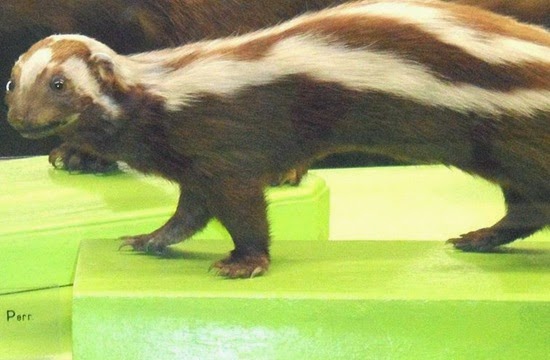
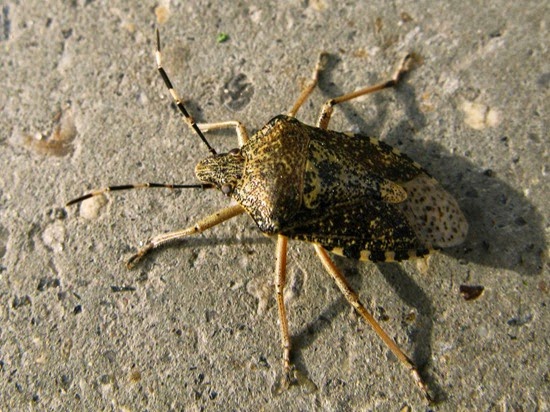
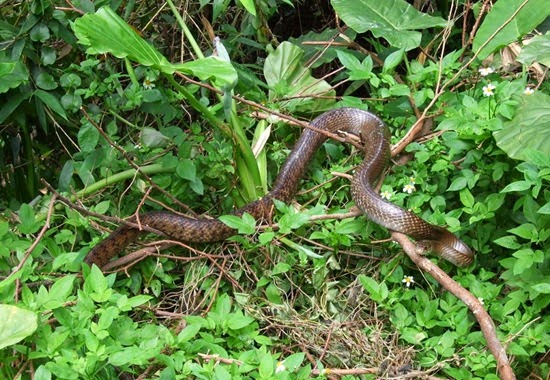
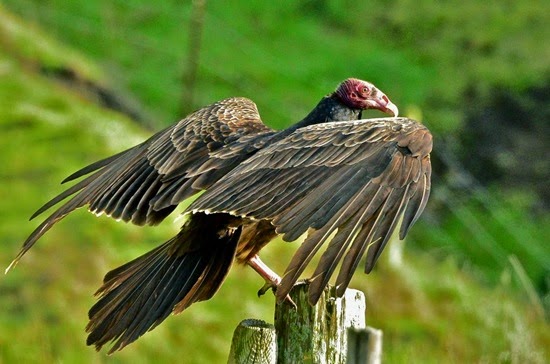
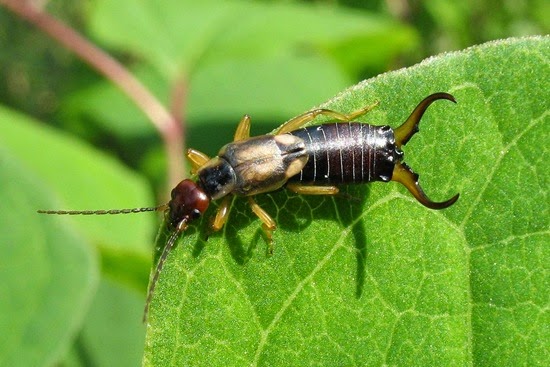

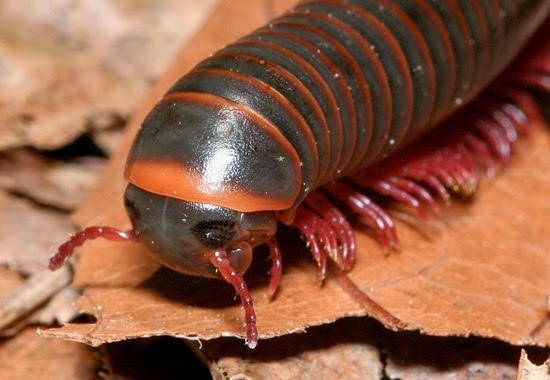
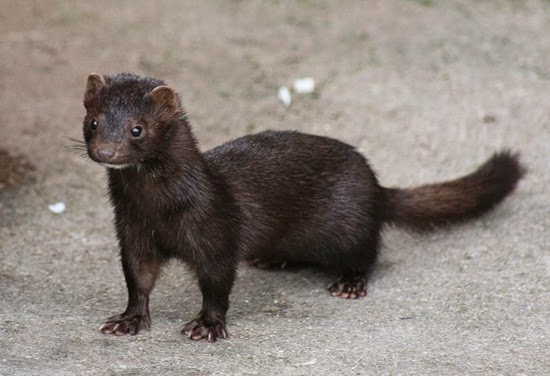
No comments:
Post a Comment
Please adhere to proper blog etiquette when posting your comments. This blog owner will exercise his absolution discretion in allowing or rejecting any comments that are deemed seditious, defamatory, libelous, racist, vulgar, insulting, and other remarks that exhibit similar characteristics. If you insist on using anonymous comments, please write your name or other IDs at the end of your message.